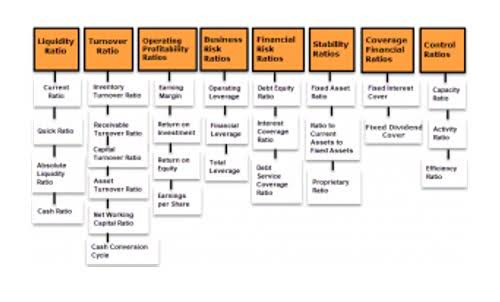Form 2553: A guide to late filing S Corp elections
Content

This post is to be used for informational purposes only and does not constitute legal, business, or tax advice. Each person should consult their own attorney, business advisor, or tax advisor with respect to matters referenced in this post. These are important questions for business owners who are striving to optimize their tax outcomes and maximize their profitability.
A corporation or other entity eligible to be treated as a corporation files this form to make an election under section 1362(a) to be an S corporation. If the corporation makes a back-up section 444 election for which it is qualified, then the section 444 election will take effect in the event the business purpose request isn’t approved. In some cases, the tax year requested under the back-up section 444 election may be different than the tax year requested under business purpose.
Where to File Form 2553
IRS Form 2553, officially known as the “Election by a Small Business Corporation,” is a tax form used by C corporations (C corps) or limited liability companies (LLCs) wishing to file their taxes as an S corporation (S corp). Navigating the world of taxes can be overwhelming Small Business Accounting 101: 12 Steps for Basics and Setup 2023 for small businesses, especially when it comes to understanding which forms to file and the implications of making certain elections. One such tax form, IRS Form 2553, can significantly impact a company’s tax strategy, potentially saving them from double taxation.
- However, when you file affects when the IRS recognizes you as an S corporation.
- For more information on making these late elections, see Relief for a Late S Corporation Election Filed By an Entity Eligible To Elect To Be Treated as a Corporation, earlier.
- Once a company files Form 2553, and the IRS approves it, the election remains valid indefinitely.
- For this purpose, the 2-month period begins on the day of the month the tax year begins and ends with the close of the day before the numerically corresponding day of the second calendar month following that month.
- Contact us today for business registration and business compliance assistance.
- When you form your corporation, it is essential that you do not make choices that will prevent you from electing S corporation status.
It’s the Internal Revenue Service and state tax departments that are concerned with how you choose to have your corporation taxed — not the Secretary of State (or other corporate filing office). The Code provides relief to taxpayers https://simple-accounting.org/real-estate-accounting-made-easy-in-5-steps/ who make a late filing or fail to make the election at all. If the IRS determines that there was reasonable cause for the failure to timely make the election, it may treat the election as timely made for the taxable year.
Where to Get Form 2553
Pass through taxation is when each shareholder reports their share of the company’s profit or loss on their individual tax returns. IRS Form 2553 is a form used by a business entity that would like to be treated as an S corporation by the Internal Revenue Service for the purpose of taxes. This form, also called election by a Small Business Corporation, must be filed by any corporation that wants to be an S Corp. When a corporation is formed, it is classified as a C Corp by default until Form 2553 is filed. In the past, to obtain relief with a late S Corp election during the tax season, we would prepare and file Form 1120S (corporate tax return) and attach Form 2553 (S Corp election) to it.
How do I change my filing status?
Since you've filed your return with the incorrect filing status, use Form 1040X to supply amended or additional tax information to change your return. Submit Form 1040X to the IRS. Form 1040X will be your new return.
It is important to note that shareholders employed by an S-Corporation must show regular income, which is taxed as wage income. If an owner performs services for the corporation in an S Corp, they can be considered an employee. This individual will be classified as both a shareholder and an employee.